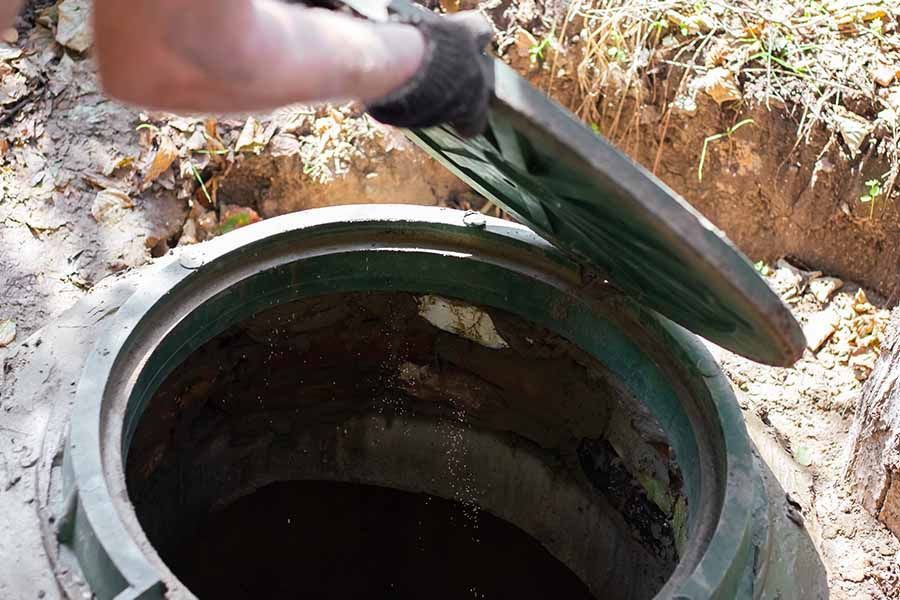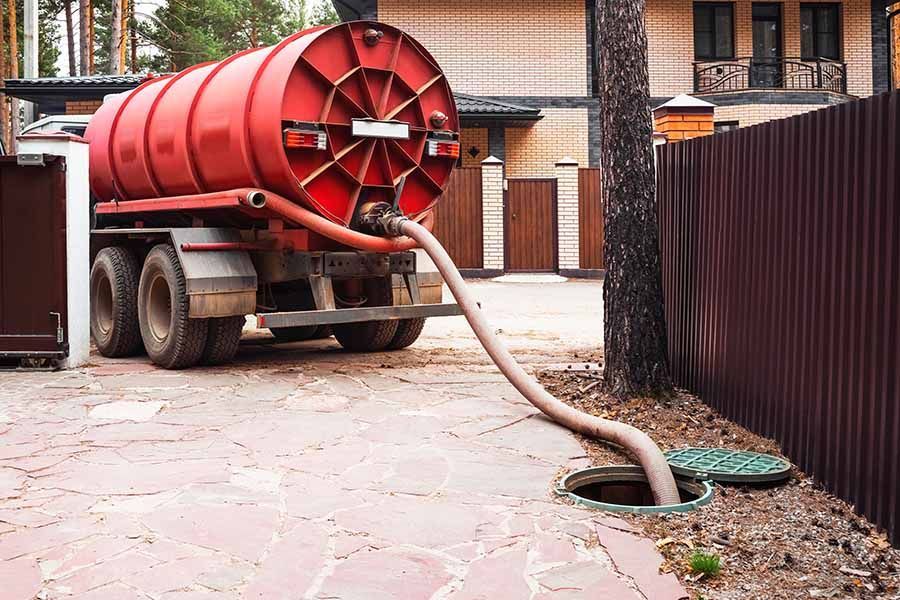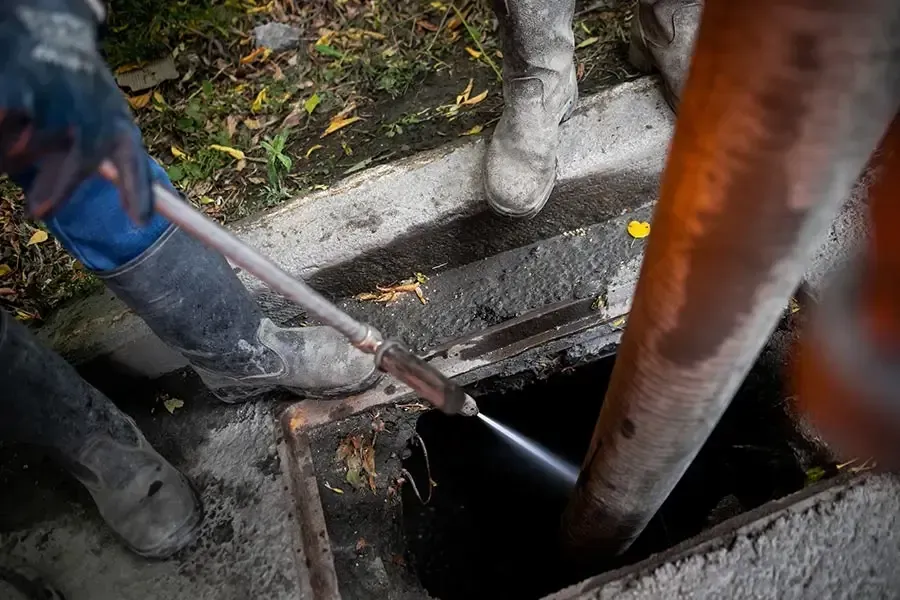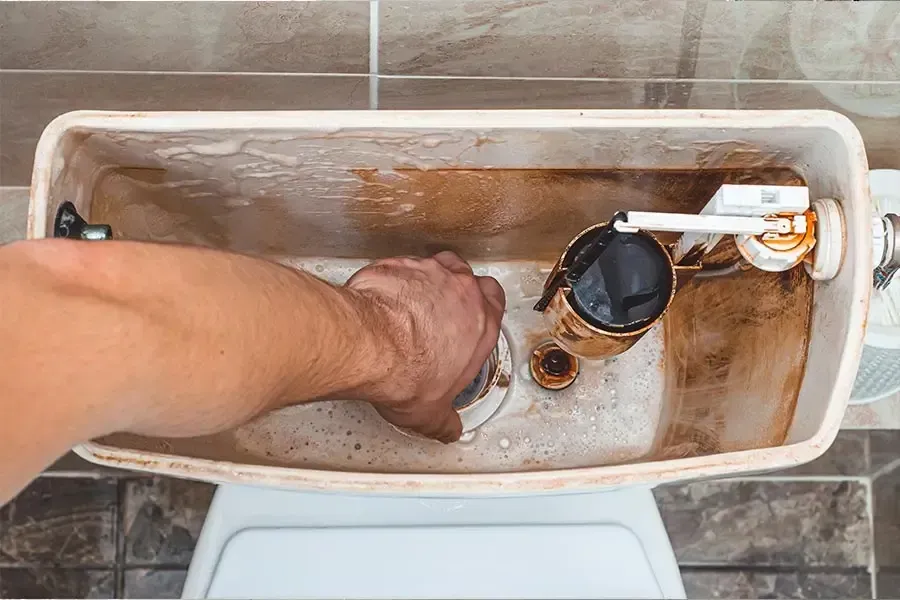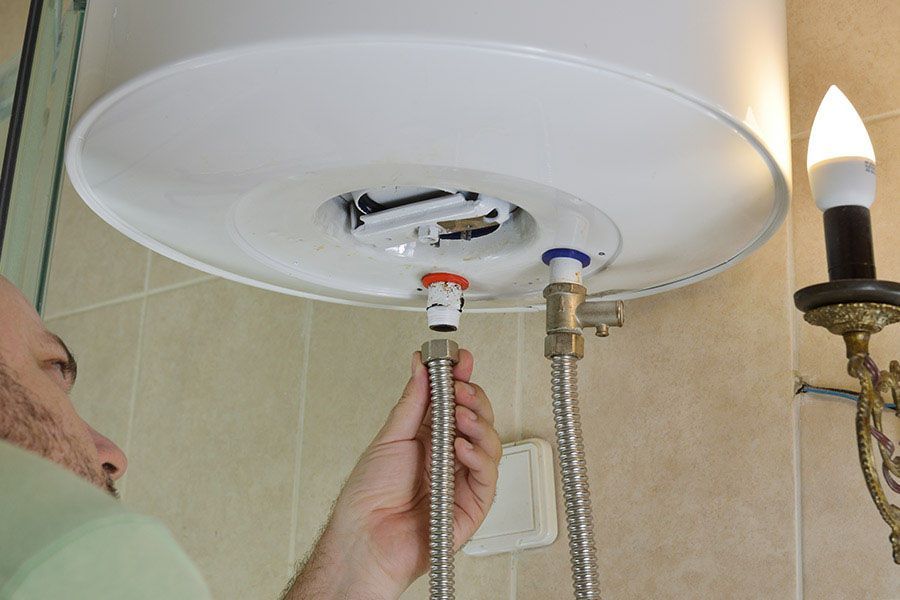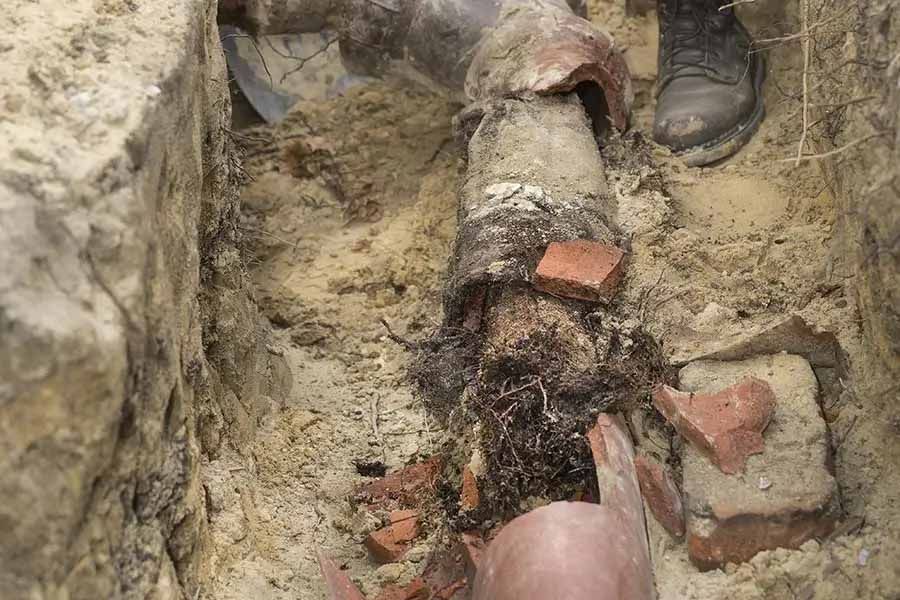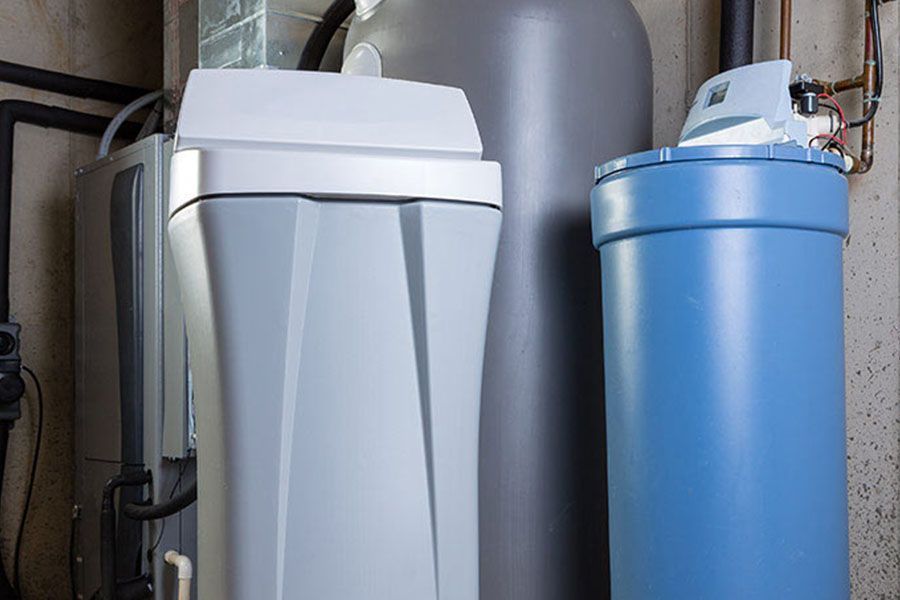
Have you noticed crusty buildup on your faucets despite having a water softener? Many Manitoba homeowners wonder, "How do I know if my water softener is working correctly?" With local water hardness levels reaching high levels, a functional softener protects your plumbing, health and peace of mind.
Unfortunately, these systems often fail without obvious warning signs. Unlike noisy appliances that demand attention, water softeners break down silently, sometimes for years. As trusted plumbers in Grande Pointe, MB, we at King's Services help homeowners identify these hidden problems before they cause damage.
Let's explore practical ways to check your system's performance.
Understanding How Water Softeners Work
Hard water flows into your water softener first. The resin tank contains beads with sodium that catch hard water minerals and release sodium instead. This swap works well.
A quality softener reduces calcium carbonate and delivers clean, softened water to every tap.
Four types stand out:
- Salt-based water softeners work through ion exchange, making them a popular choice.
- Salt-Free Water Softeners turn minerals into crystals to fight buildup with minimal maintenance.
- Dual-Tank Water Softeners process more water with dual tanks for constant soft water.
- Magnetic Water Softeners use magnetic fields to dissolve minerals, addressing hard water differently.
How To Figure Out Your Water Softener Is Working
Ever asked yourself, "How do I know if my water softener is working?" You're not alone. These simple checks help determine whether your water softener needs maintenance or continues to protect your Grande Pointe home effectively.
1. Check Your Salt Supply
Salt levels in your brine tank matter tremendously. Open the tank and look inside—it should remain about half full. When salt drops too low, your system loses effectiveness. Watch for hard salt bridges forming across the tank.
These crusty layers block proper function. Simply turn off the water, grab a broom handle, break up the crust, and scoop out all chunks before adding fresh salt.
2. Try the Soap Test
The soap lather test is a quick and reliable method. Fill a container with tap water, add soap, and stir. Properly softened water creates lots of bubbles immediately.
Hard water produces fewer bubbles and feels different on your skin. When you suddenly need more shampoo or dish soap to get the same results, your softener might need attention.
3. Look at Your Surfaces
Examine your faucets, shower heads and sinks. Clean fixtures without white buildup indicate successful water treatment. Limescale forming on these surfaces suggests your softener needs maintenance. This buildup eventually causes water pressure changes throughout your plumbing system.
4. Examine Internal Components
The resin bead function makes water softening possible. These beads trap hard minerals but need regular cleaning. "How do I know if my water softener is working?" Look for reduced soap scum, better lathering and softer-feeling water. Use manufacturer-recommended products to clean the resin tank periodically, then run a manual regeneration cycle to flush everything out.
5. Monitor System Cycles
The regeneration cycle should happen every 12-14 days. During this process, your system flushes out trapped minerals and resets itself. Most units run this cycle overnight. Try starting this cycle manually; if it completes all stages correctly, your system probably works fine.
6. Test the Water in Your Grande Pointe Home Directly
Purchase a testing kit to check your water hardness levels directly. These affordable kits provide measurements that indicate whether your softener is working correctly. Compare new results with previous readings to track performance over time.
Should You Replace Your Water Softener?
Water softeners typically work until they completely die. Most problems like clogs need simple fixes. However, when your system breaks down repeatedly, especially after the 10-year mark, buying a new one can save money compared to repeated repairs. A good water softener loop installation helps your water heater last longer and reduces energy bills.
Look for these warning signs:
- Leaks usually occur due to poor installation, not damage.
- When no regeneration cycles occur, your water tastes salty.
- Low pressure may be caused by an undersized water softening system, sediment blockages, or iron buildup.
- Damaged resin beads show up as floating particles.
Most problems don't demand replacement. If you are uncertain, ask a licensed HVAC technician.

How Do I Know if My Water Softener Is Working? Seek Professional Help From Our Plumbers in Grande Pointe, Manitoba
Still wondering, "How do I know if my water softener is working?" These signs help you spot problems before they start.
Understanding plumbing emergencies saves you money while regular maintenance prevents scale buildup, spotty dishes and other avoidable issues. Call the team at King's Services today for expert advice and quality service.
